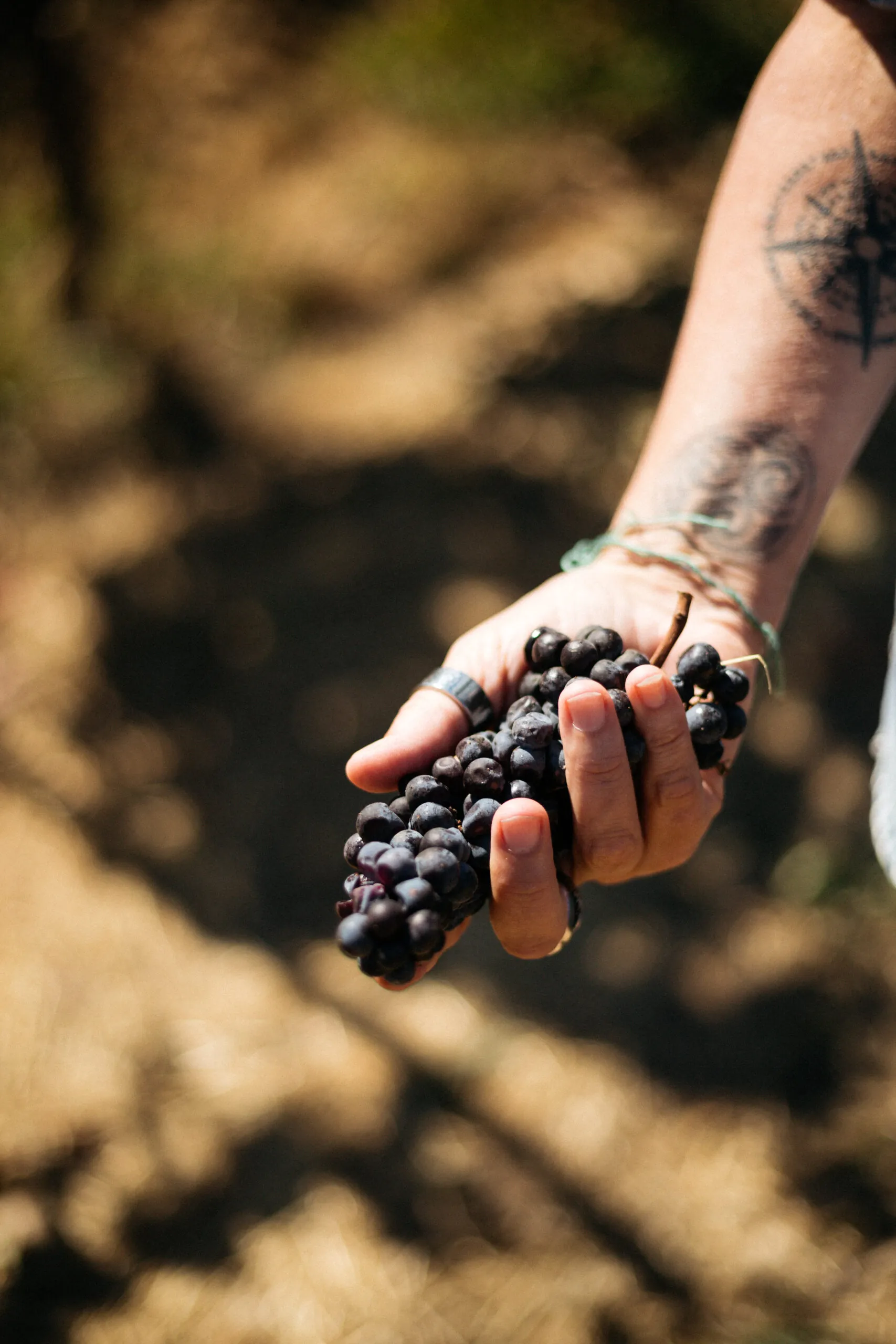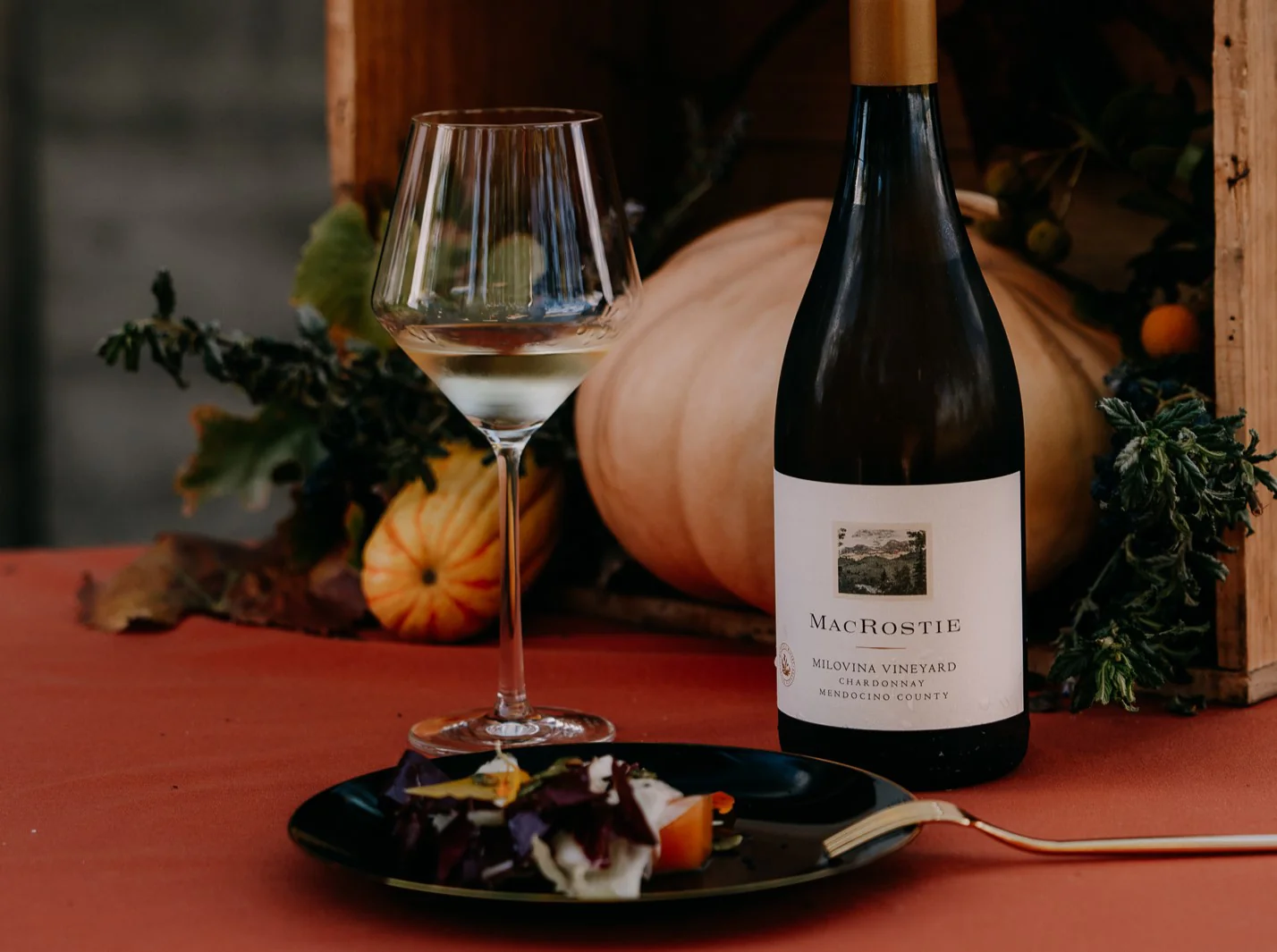It’s hard to believe that 2023 is my thirteenth harvest here at MacRostie and my eleventh as winemaker. Each year brings new insights and additional experience, and even in the most challenging vintages, there is always hard-won wisdom to be gained. The 2023 growing season was an interesting and unusual one here in Sonoma County and the Russian River Valley. After several years of drought, the rains returned to wine country, saturating the soils and bringing more vitality to the vineyards. It was also one of the coolest growing seasons in several years, with a cold, wet winter significantly delaying bud break. As a result, everything started late in 2023, and it wasn’t until early July that we started to see temperatures begin to creep up above the low 80s.
Normally, we start sampling our grapes in early August as we begin to prepare for harvest—but not in 2023. In fact, most of our vineyards were just beginning to go through veraison at that point, with veraison generally meaning that it will be about 45 days until we start picking. As a result, for the first time in a long time, harvest didn’t start in August! Fortunately, August and September finally brought warm weather, and day by day the grapes methodically ripened closer to our ideal parameters. One of the most fascinating aspects of the 2023 growing season was the fact that the grapes achieved excellent flavor development with brown seeds (something we look for) at lower Brix (sugars) than normal. In stylistic terms, this means that our 2023 wines will likely be fresh, dynamic, and slightly lower in alcohol. And yet, after doing numerous early fermentations, I have also been consistently impressed by their richness and concentration, and the deep, saturated color of the Pinot Noirs.
Harvest started on September 14th, with the first pick of grapes for our sparkling wine program, followed by our first pick of still-wine Chardonnay on September 19th, and Pinot Noir on September 22nd. For the next few weeks, the fruit came in at a steady pace, and by about October 10th, it was all hands on deck in the winery as we hit the peak of harvest. As is always the case, there were a few curveballs. For instance, last year, our amazing new Nightwing Vineyard in the Petaluma Gap was one of our first vineyards picked. This year, it was one of our last. And while our last pick of Chardonnay was November 1st, we harvested our last Pinot Noir of the season from Manzana Vineyard on October 18th.
Overall, I am thrilled with the quality of the fruit and what I am seeing from the wines at this early stage. While it was a cold vintage, nothing feels underripe. In fact, the flavors in our early Chardonnays’ ferments have been uniquely vibrant and beautiful, with enticing flavors and complex aromas. While there is a lovely elegance to our Pinot Noirs with supple tannins and very little astringency, they are also generous and concentrated. Although 2023 was a vintage that tested our patience and resolve as we waited for ripeness, that patience looks like it will be rewarded with dynamic and delicious wines. We can’t wait to share them with you!
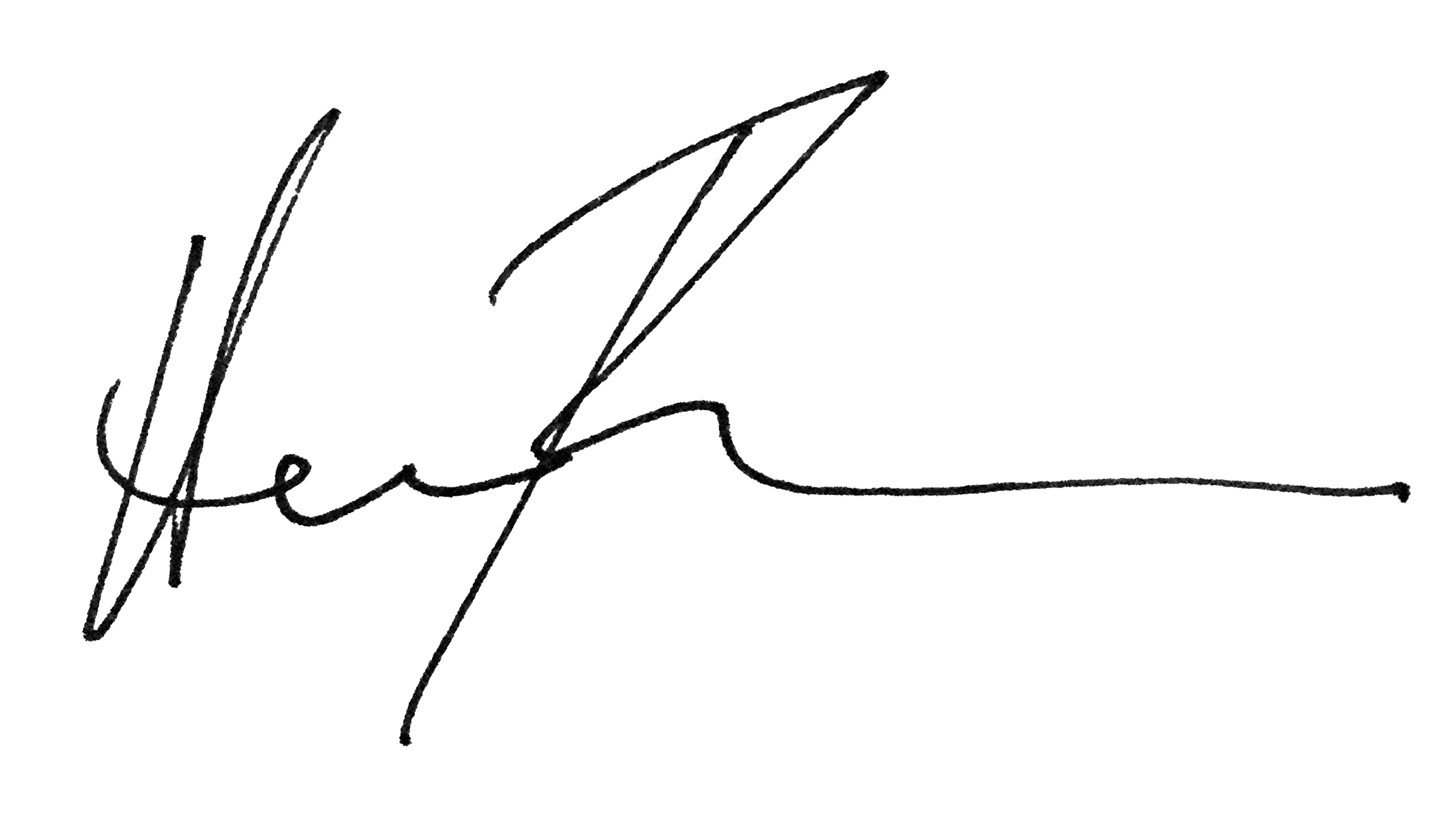
HEIDI BRIDENHAGEN
Winemaker – MacRostie Winery and Vineyards
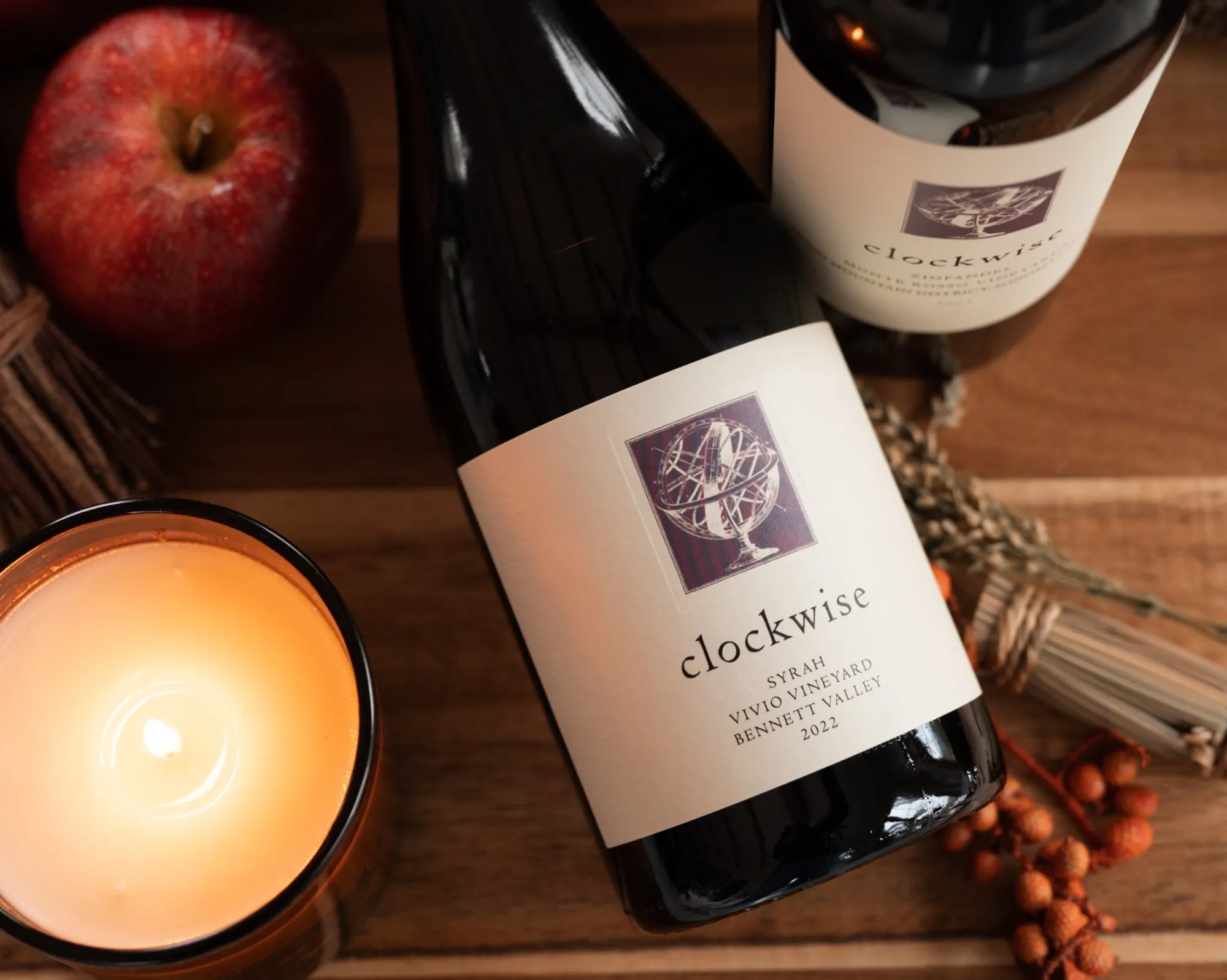

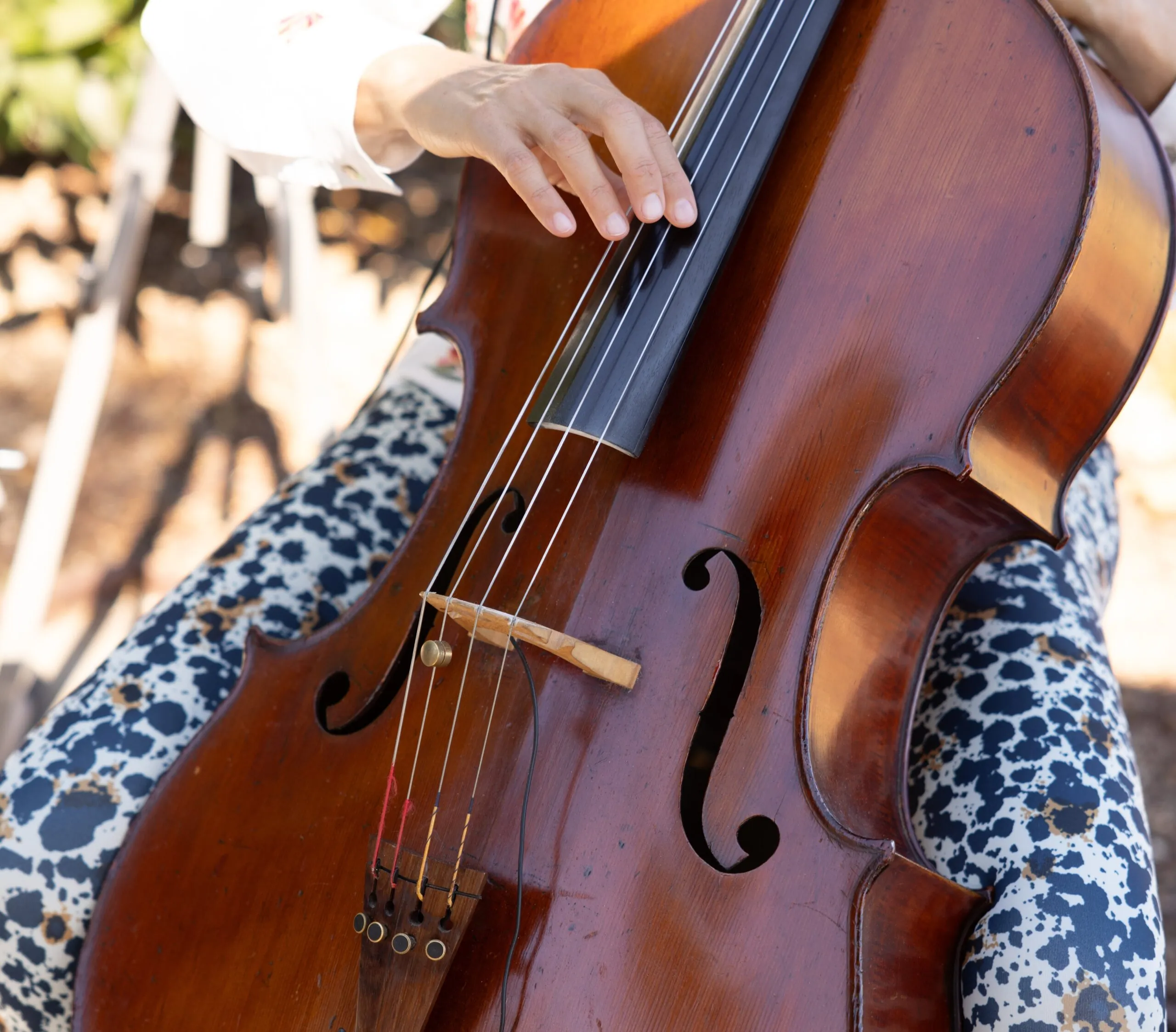

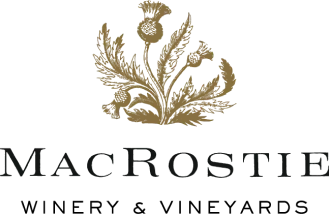

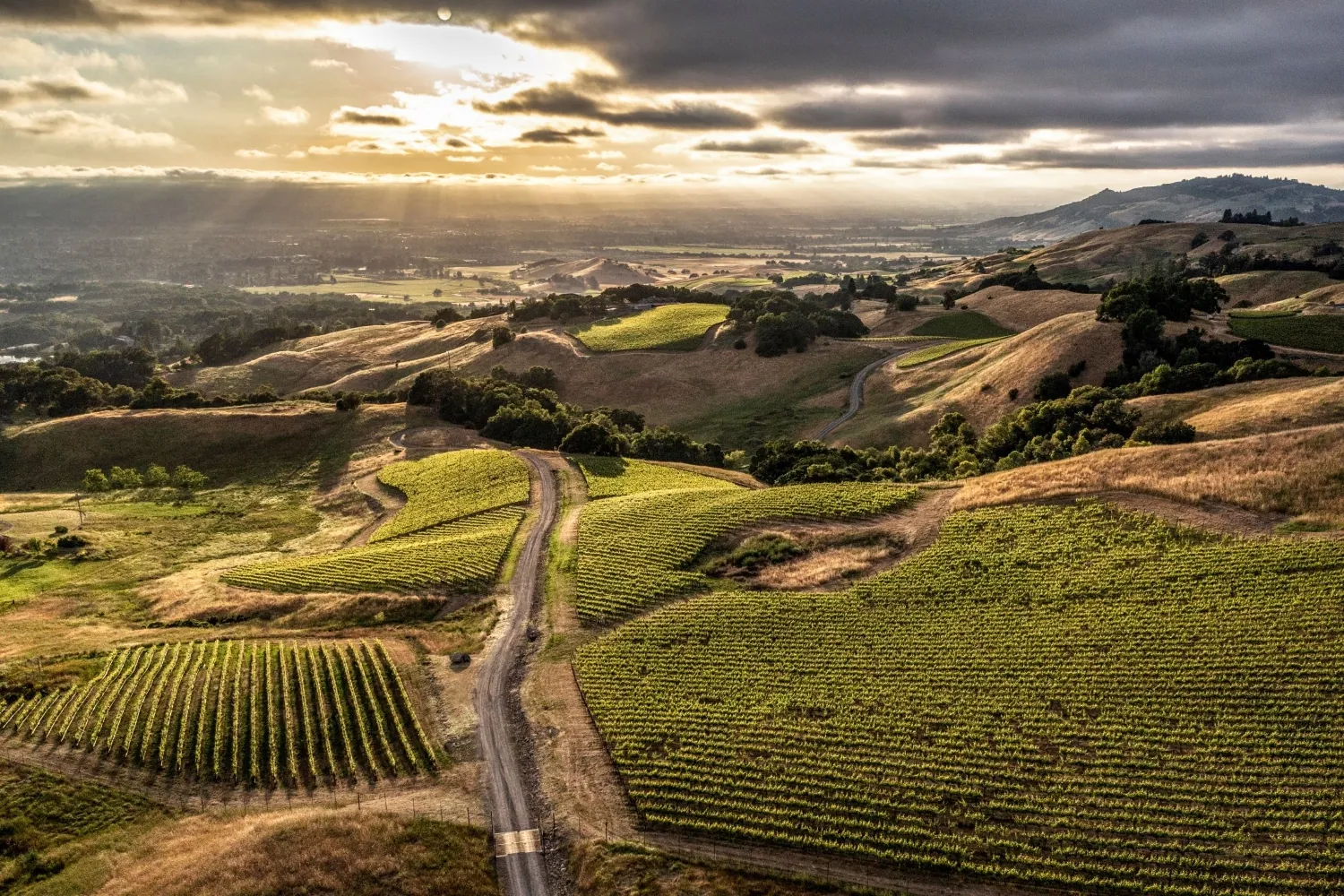
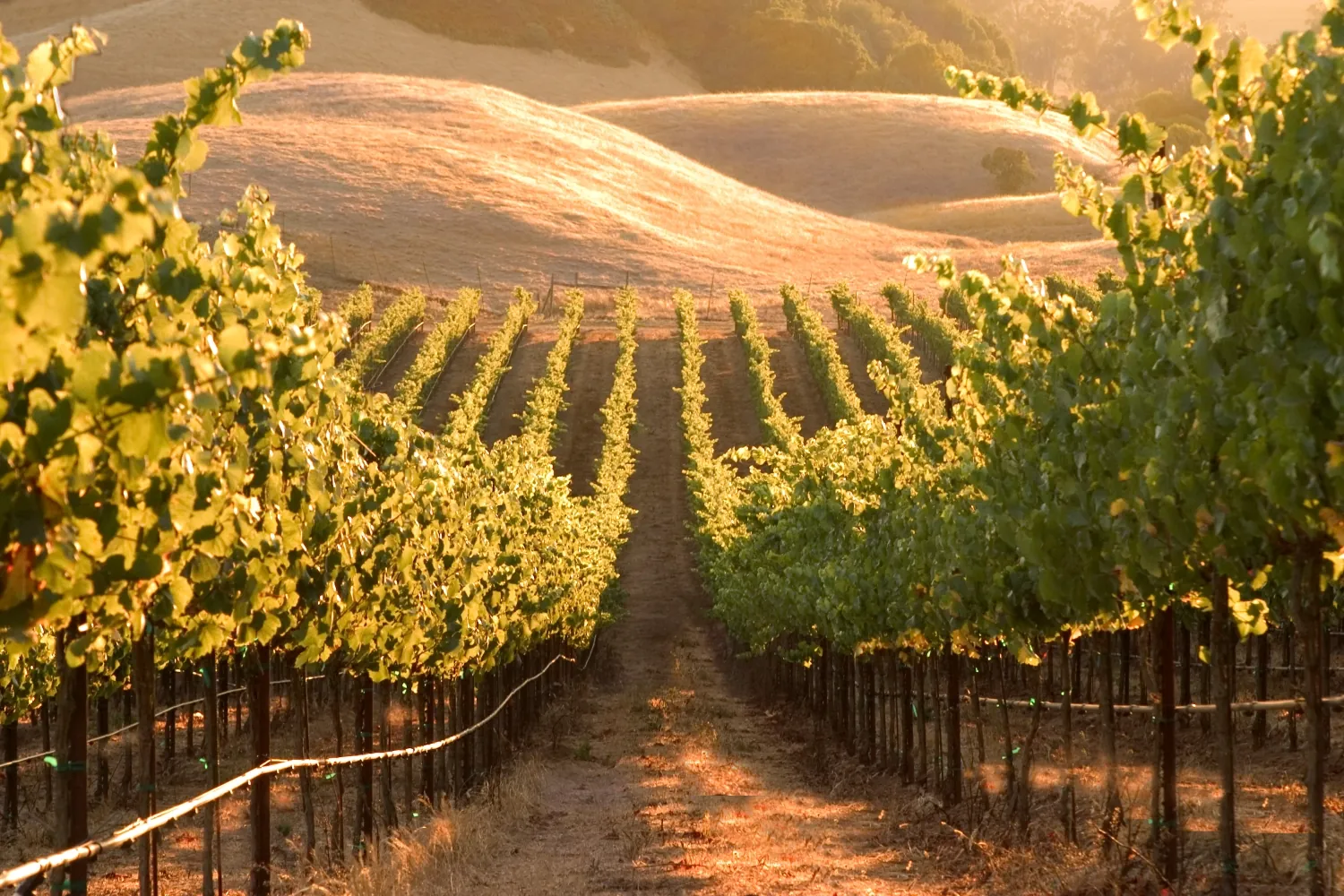
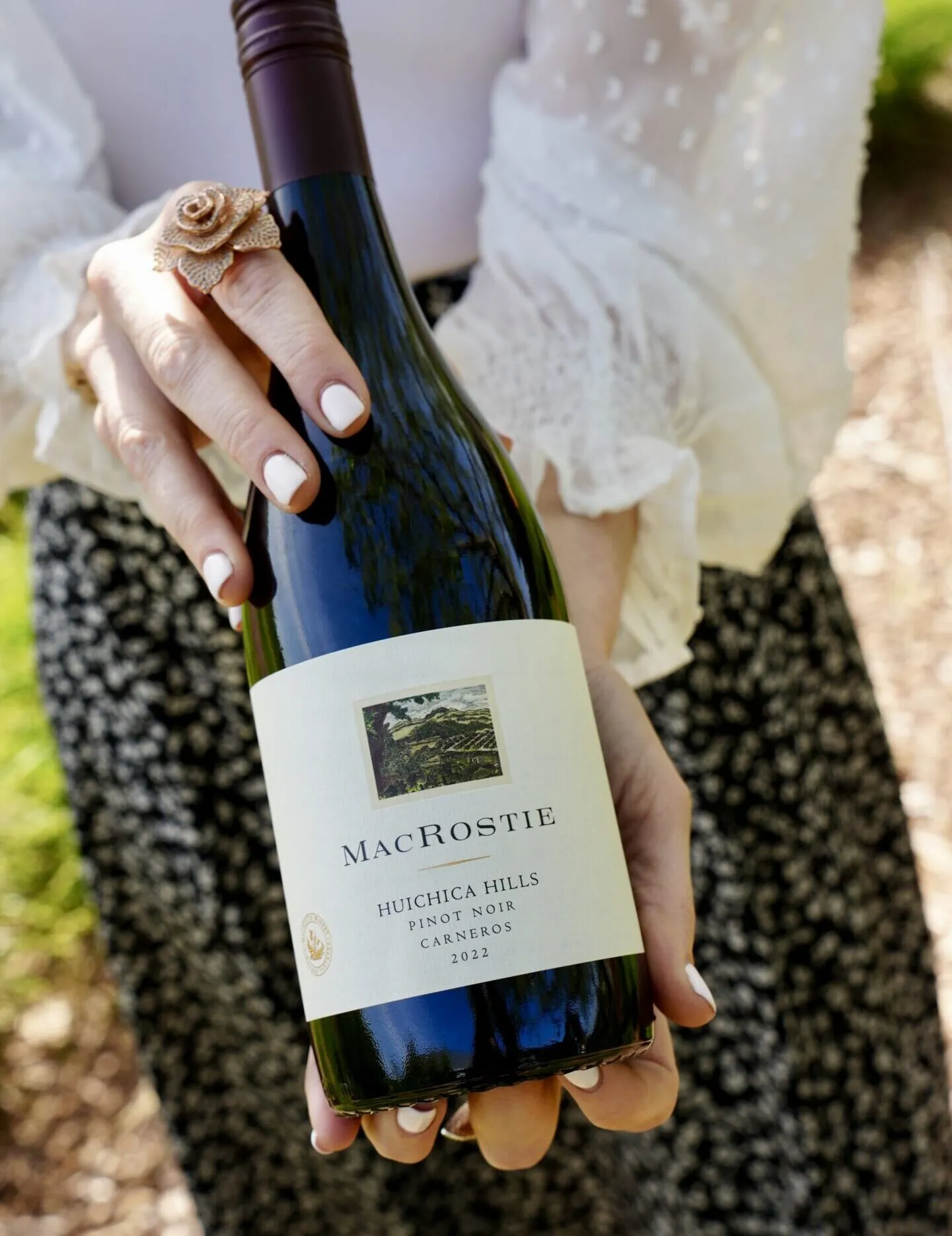



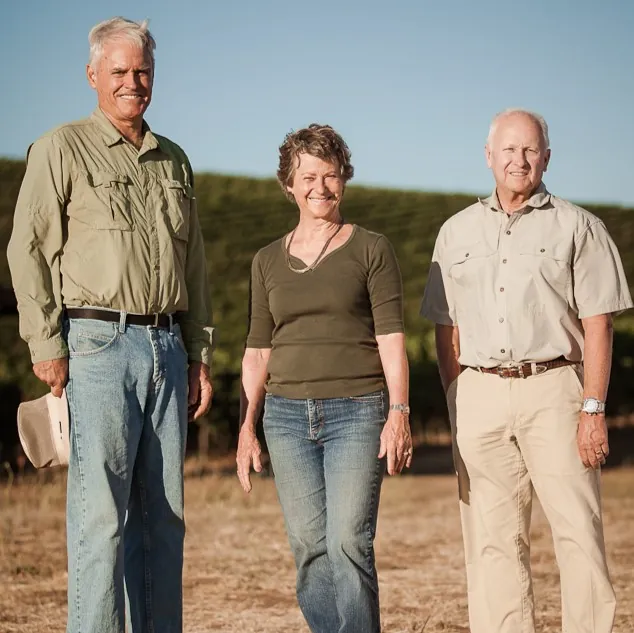 Eager to cultivate his own great piece of land and believing that the site had near limitless potential for producing extraordinary cool-climate Chardonnay and Pinot Noir, Steve (right) approached the land’s owners, ranchers Tony and Nancy Lilly (left and center), and formed a partnership to develop the land into Wildcat Mountain Vineyard. After meticulously evaluating the site and thoughtfully selecting early ripening rootstocks and a diversity of his favorite clones, Steve began the careful planting of 58 acres of Chardonnay, Pinot Noir, and Syrah vines in 1998. In keeping with the natural topography of the site, the plantings were designed as 18 different vineyard blocks spread across five fields, with a variety of elevations, exposures, and soils.
Eager to cultivate his own great piece of land and believing that the site had near limitless potential for producing extraordinary cool-climate Chardonnay and Pinot Noir, Steve (right) approached the land’s owners, ranchers Tony and Nancy Lilly (left and center), and formed a partnership to develop the land into Wildcat Mountain Vineyard. After meticulously evaluating the site and thoughtfully selecting early ripening rootstocks and a diversity of his favorite clones, Steve began the careful planting of 58 acres of Chardonnay, Pinot Noir, and Syrah vines in 1998. In keeping with the natural topography of the site, the plantings were designed as 18 different vineyard blocks spread across five fields, with a variety of elevations, exposures, and soils.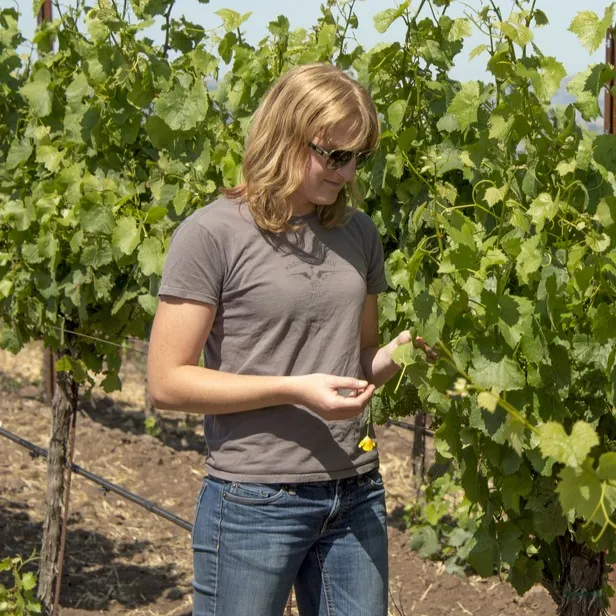 Since being named MacRostie’s winemaker in 2013, Heidi Bridenhagen has further cemented Wildcat’s reputation as a grand cru-caliber vineyard, with its wines consistently earning rave reviews and 90+ point scores. Heidi has also used fruit from Wildcat to craft MacRostie’s coveted Single-Barrel wines and as part of the winery’s pinnacle, The Loch and The Key bottlings. At the same time, Wildcat has become a sought-after grape source for such noted wineries as Talisman, Fulcrum, Bannister, and others. “Great vineyards have something unique and special to offer,” said Heidi. “I love the wines from Wildcat. The Chardonnays are distinctive and fascinating, with exceptional structure, sophisticated minerality, cool-climate nerve and signature honey and spice notes, while the Pinot Noirs deliver sumptuous color, weight, and black fruit character with robust tannins and a remarkable intensity of flavor.”
Since being named MacRostie’s winemaker in 2013, Heidi Bridenhagen has further cemented Wildcat’s reputation as a grand cru-caliber vineyard, with its wines consistently earning rave reviews and 90+ point scores. Heidi has also used fruit from Wildcat to craft MacRostie’s coveted Single-Barrel wines and as part of the winery’s pinnacle, The Loch and The Key bottlings. At the same time, Wildcat has become a sought-after grape source for such noted wineries as Talisman, Fulcrum, Bannister, and others. “Great vineyards have something unique and special to offer,” said Heidi. “I love the wines from Wildcat. The Chardonnays are distinctive and fascinating, with exceptional structure, sophisticated minerality, cool-climate nerve and signature honey and spice notes, while the Pinot Noirs deliver sumptuous color, weight, and black fruit character with robust tannins and a remarkable intensity of flavor.”